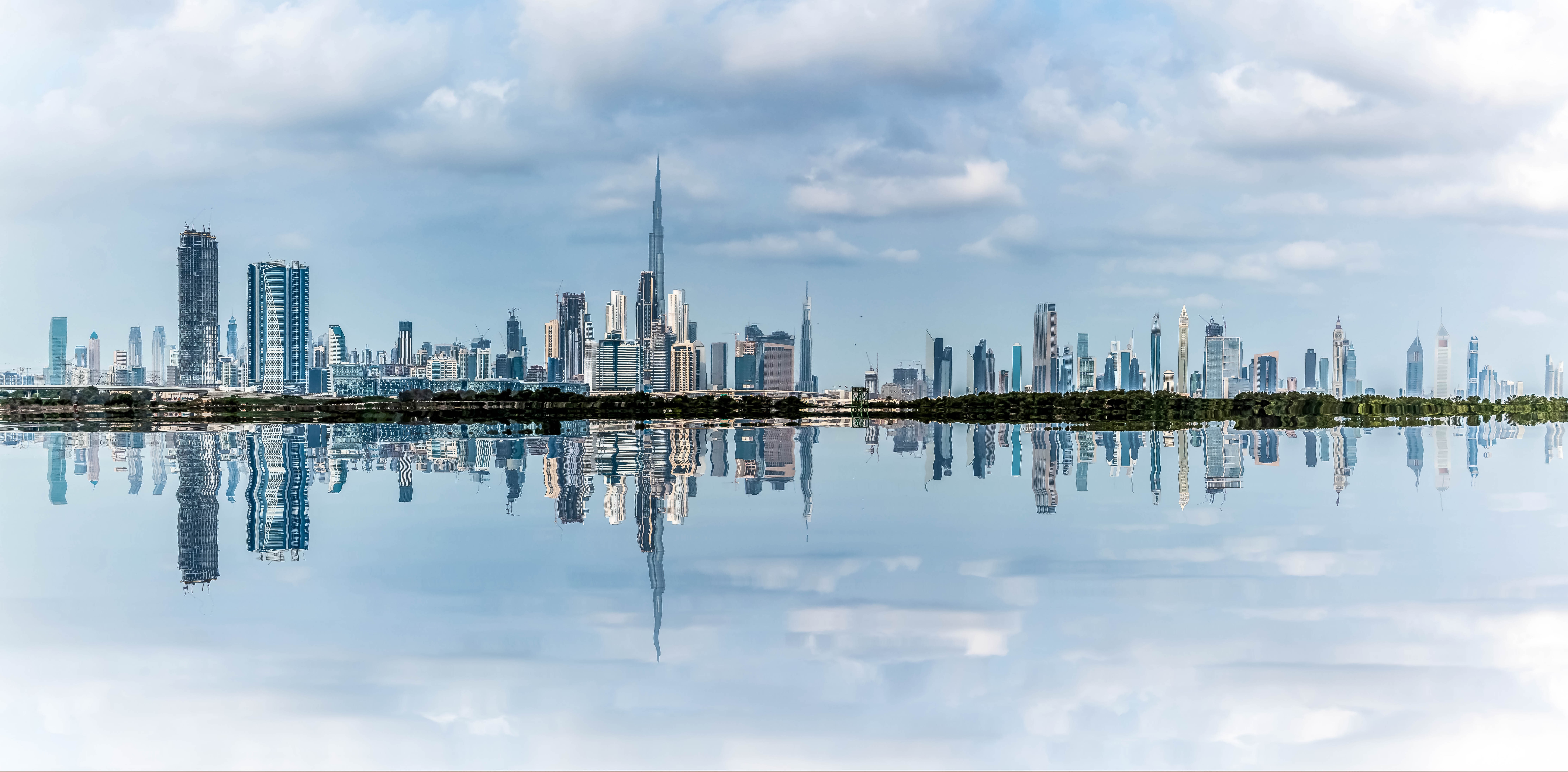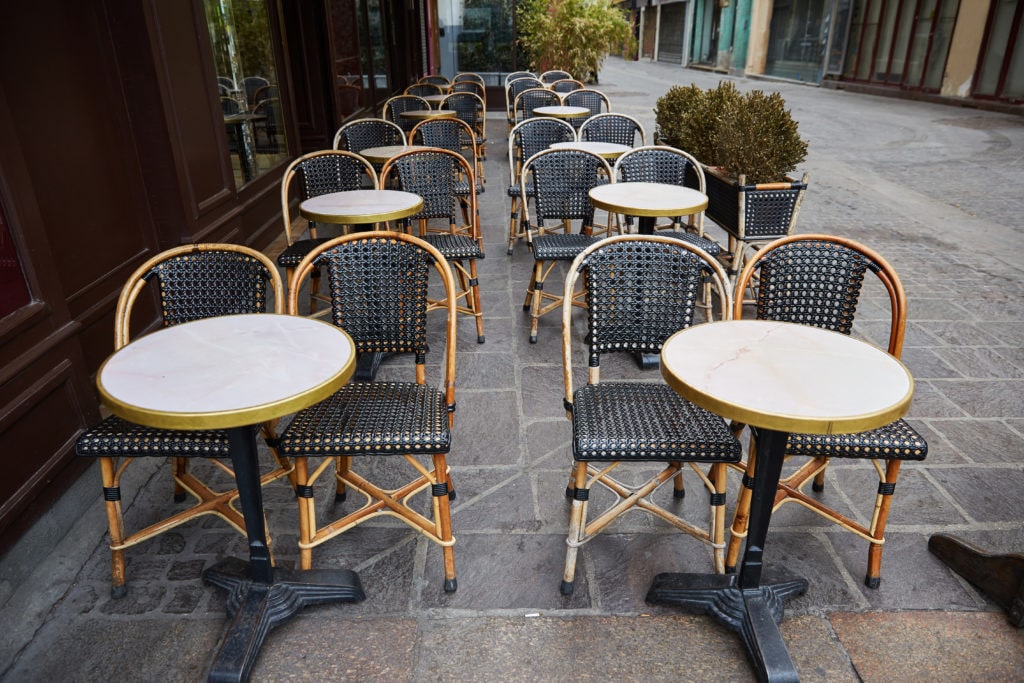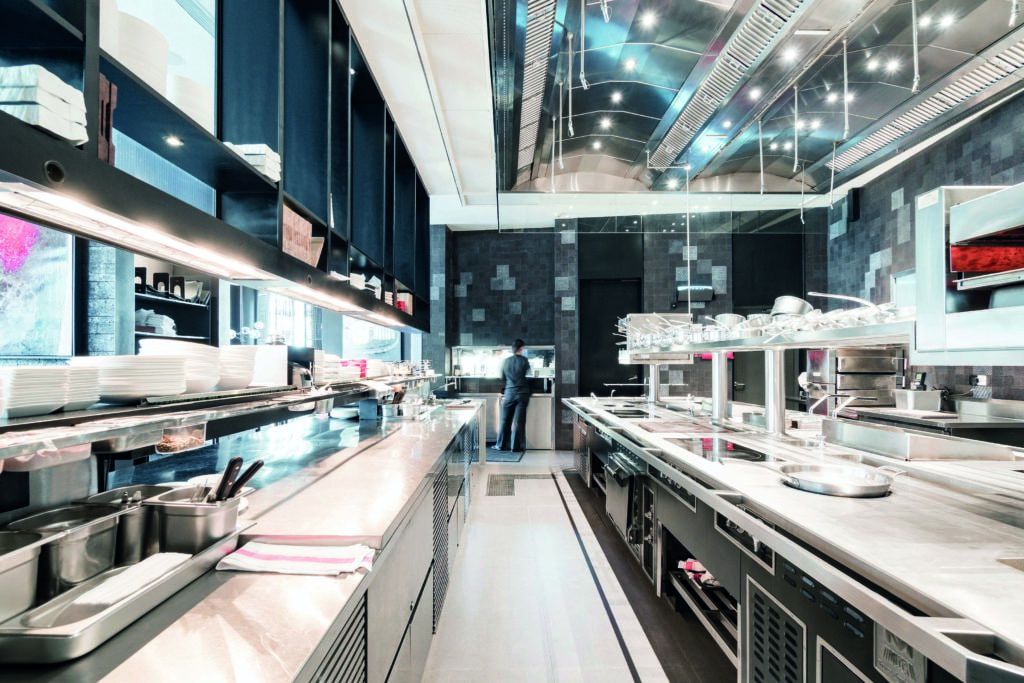
First the booming hotel statistics. The 166,000 new hotel rooms across the Middle East are spread throughout 562 new properties, with the top two territories being Saudi Arabia with 144 projects in the pipeline and 60,123 rooms, and the United Arab Emirates with 194 projects and 59,068 rooms, says market research company TopHotelProjects.
Outside of those two countries, Turkey currently has 50 projects in its pipeline which will yield 8,935 rooms, while Qatar has 43 projects slated to have 12,905 rooms, and Oman has 31 projects that will feature a total of 6,075 rooms.
All very impressive and indicative of a region looking to scale up its infrastructure and interest from the world outside, especially with Expo 2020 taking place next year in the United Arab Emirates and the soccer World Cup in Qatar in 2022.
It’s clearly working. As TopHotelProjects head of business development Andreas Rohde points out: “There was a rise in tourism arrivals to the Middle East by 10.3% from 2017 to 2018, faster than any other market in the world.”
Opening doors
Saudi Arabia is particularly thriving. Since issuing (electronic) tourist visas for the first time last year, visitor numbers have increased considerably (although there are still restrictions for women). The country is also opening its doors more to business and investment opportunities.
“There is real potential in the region,” agrees FCSI senior associate Arungopal Menon, managing director of Varda Ventures in Dubai, UAE. “They have a changing economy, increased earning capacity and greater travel opportunities. And this is not just relating to the main cities, like Medina and Mecca, but is spreading to the suburbs and remote areas of Saudi Arabia too.”
But the hotel pipeline figures are not quite as picture perfect as they seem. While Saudi Arabia is pushing full steam ahead with many of its hotel projects, the proposed new builds for the UAE have stagnated somewhat. “A lot of the projected figures were done a couple of years ago. Things have changed a great deal since then,” says Menon. “There’s been the value added tax (VAT) introduction at the start of last year [at 5%], the oil crisis and world politics changing, which have affected the UAE. Many of the promised new rooms are on hold, and only a small percentage of the ones to be built for Expo 2020 have actually been completed.”
Food for thought
Similarly, looking at the food sector in the UAE, the picture hasn’t been particularly rosy in the past few years. The growth in footfall to restaurants, malls, food stalls etc until 2016 was about 12%, 2017 it dropped to 9%, then in 2018 it drastically dropped down to 5%, according to Menon’s own market research. “This was mostly down to the VAT introduction, which really affected the food industry. People’s spending drastically came down.”
That said, this year the signs are looking a little more positive. “In February we saw footfall rise, bringing growth back to about 6.5% for the first quarter of 2019,” he adds. Casual dining, in particular, appears to be experience a resurgence in the UAE, bucking the trend of the West. Although, delivery is still proving popular, making up about 60% of food business, thanks to the success of the likes of UberEats, Zomato and Deliveroo, with its Deliveroo Editions concept – a shared kitchen hired by multiple eateries, which only does deliveries.
“The majority of customers in the Middle East and Africa [MEA] are younger people who are increasingly using apps to order a variety of food and looking for value for money offerings,” says Dubai-based Mohamed Karam, senior business development manager –MEA, for manufacturer Emerson/InSinkErator.
In Saudi Arabia, it is quick service restaurants (QSRs) that are proving all the rage, boosting food sector growth in the country to between 15% and 17% per annum. “QSRs are doing well, although haven’t picked up quite as much as in the West because of the conservative outlook and different tastes of the people, even between the generations living under one roof. Plus, there’s the weather to contend with,” says Menon.
Healthy appetite
Another area where the Middle East is following the West is with its trend for healthy and allergy friendly food. “There’s such a variety of different cultures here in the Middle East now, so we have a strong multi-cuisine segment, which incorporates healthy, alternative food options,” says Menon. “Although veganism hasn’t quite taken off yet.”
Looking ahead, both Menon and Karam believe competition is going to be particularly strong between the gourmet and specialty food services, and that QSRs, cafes and high end bakeries will rise in prominence. “Fast and casual, healthy local food concepts are the future,” concludes Karam.
Chris Evans




